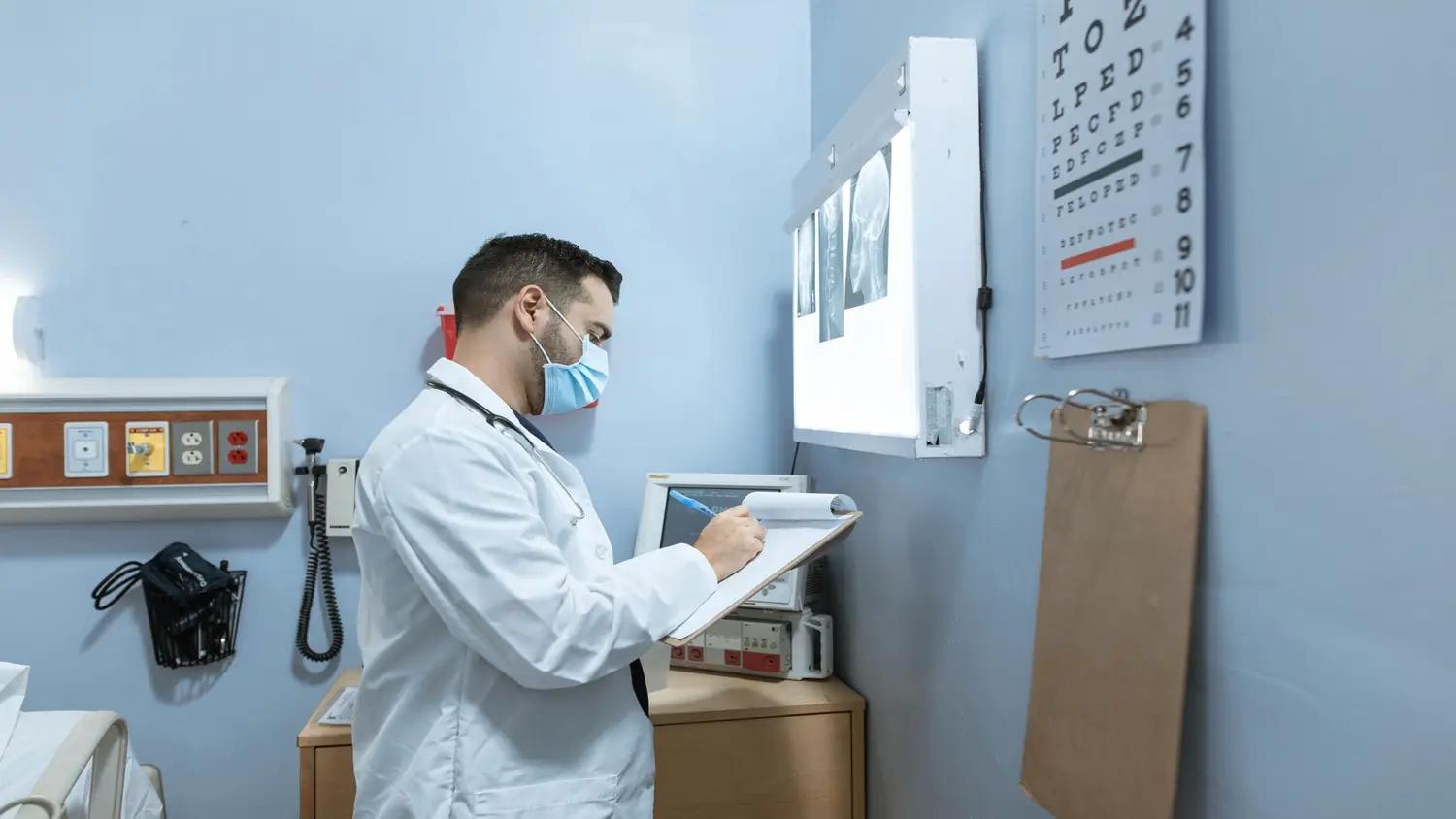
Nutrition Interventions to Increase Glucose Time in Target Range
 hosted byDietitian Central
hosted byDietitian CentralNutrition Interventions to Increase Glucose Time in Target Range is organized by Dietitian Central. This course has been approved for a maximum of Credits: 1.5
Live Event Date: Oct 20, 2022
Expiration Date: May 31, 2024
Description:
Strong evidence supports the medical management of diabetes; therefore, it is important that all members of the healthcare team know and champion the benefits of medical nutrition therapy (MNT) and the key nutrition messages that support the efficacy and cost-effectiveness of MNT as a component of quality diabetes care and to increase glucose " time in target range" (TIR). TIR is associated with the risk of microvascular complications and now is increasingly used for the assessment of glycemic control. Additionally, time below target range (TBR)and time above target range (TAR)are useful parameters for the evaluation of the treatment regimen. This webinar reviews in detail the very latest evidence-based nutrition Interventions to increase TIR for persons with both T1 and T2 diabetes.
This webinar also reviews:
- The relationship between glucose TIR and A1c
- The metrics for “time above range (TAR) and time below range (TBR)
- The Ambulatory Glucose Profile (AGP) Report
- Targets for glucose TIR for the different groups of PWD
- Using a BG Meter …. instead of CGM … to measure glucose TIR
- The coefficient of variation (%CV)…the newer standardized metric for diabetes clinical care
- The steps of glucose pattern management to improve TIR
Upon successful completion of this course, the participant should be able to:
- Define new clinical outcomes beyond A1c (TIR, coefficient of variability, AGP).
- Name the categories of nutrition interventions to increase glucose TIR, using the acronym S.T.U.F.F.E.D. P.E.C.A.N.S.
- State the effect of high fat, high protein, high carbohydrate, and high fiber meals on post-meal blood glucose (time above and time below range).
- Describe how the timing of meals/snacks affects blood glucose variability.
- Describe the effect of when meal components are eaten during the meal on post-meal blood glucose.
- State the risk of consuming alcoholic beverages for insulin using PWD.








